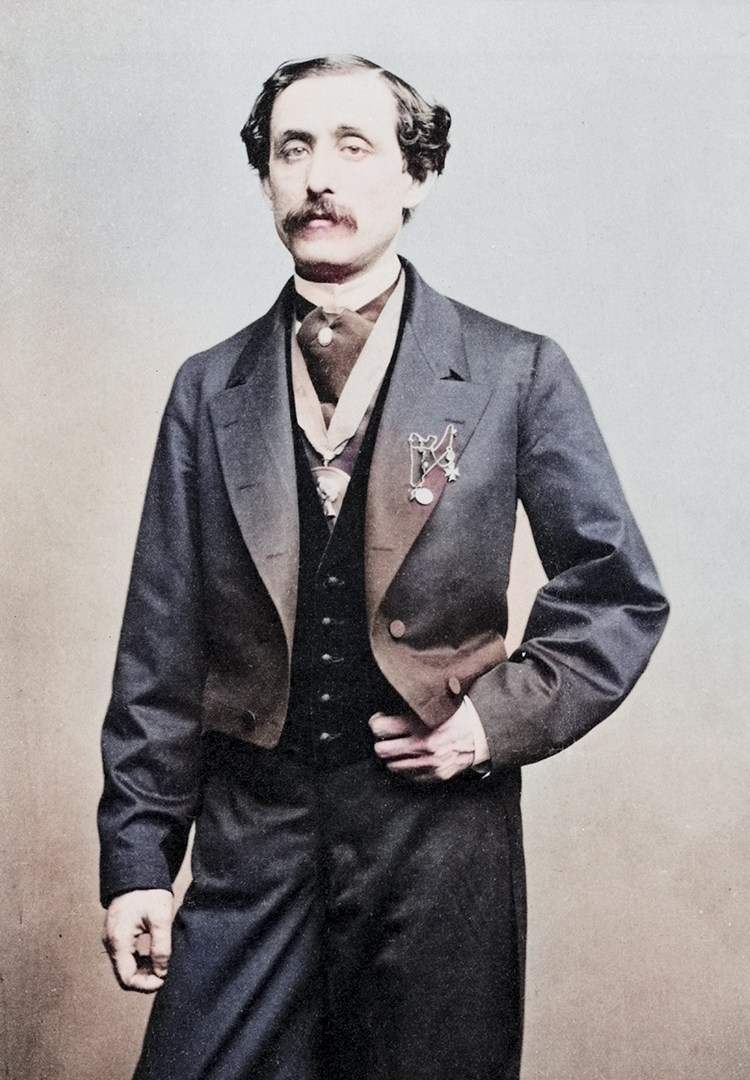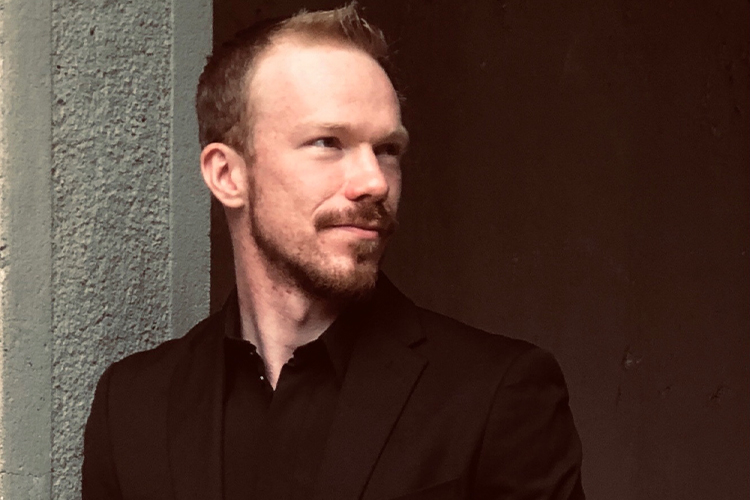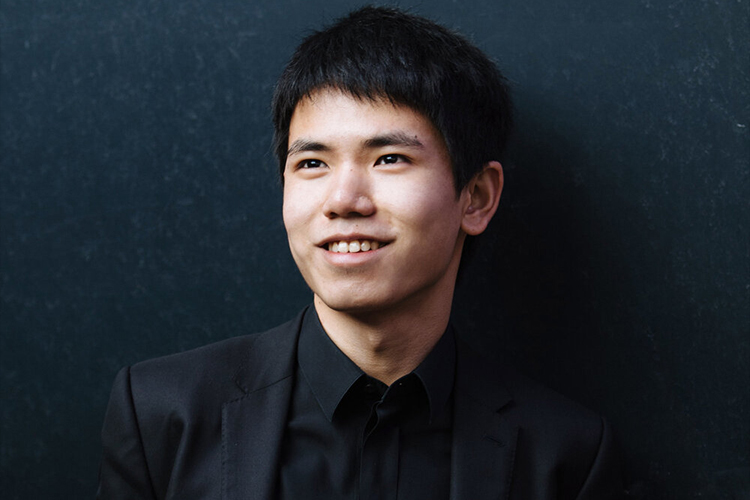
(1829–1869)
As a composer who traveled the world, Louis Moreau Gottschalk listened to the musical idioms that surrounded him and he reinterpreted these sounds through his own compositions. He was born on May 8, 1829, in New Orleans, Louisiana. His father was German and Jewish and his mother was descended from French ancestors who left Haiti after the Haitian Revolution and settled in Louisiana. Gottschalk started taking organ lessons when he was five, and by the time he was twelve his father sent him to Paris to continue his musical education. He officially debuted as a professional pianist in 1847 with great success. Parisian audiences were particularly enamored with pieces like Bamboula and La savane, which incorporate the New Orleans-inspired African American musical idioms that he encountered in his youth. Subsequently, Gottschalk toured in Switzerland and Spain where he obtained the patronage of Isabella II. He returned to the US in 1853, and unfortunately his father died that same year. As a result, Gottschalk assumed responsibility for supporting his family by playing in extensive tours throughout the US, Canada, Cuba, Puerto Rico, and various other locations. From 1857 to 1858, he toured the Caribbean with Italian soprano Adelina Patti, and she premiered his famous piece Souvenir de Porto Rico during their travels.
After an extended tour in the US to support the Union during the Civil War, Gottschalk permanently left the country in 1865. He departed to escape a scandal surrounding two students from the Female Oakland Seminary who attended a party where Gottschalk was present and missed their curfew. He spent the remainder of his career living in and touring South America. In addition to writing themes based on music from multiple countries, Gottschalk was also known for organizing enormous artistic festivals that employed hundreds of musicians. He performed his final concert in Brazil before his death on December 18, 1869. One year later, his remains were transferred to the Greenwood Cemetery in New York City.

Elizabeth Durrant
Elizabeth Durrant recently received an M.A. in Musicology from the University of North Texas. She also earned a B.A. in English Literature (St. Mary’s College of Maryland) and a B.S. in Voice (Towson University)—as a result she is dedicated to exploring intersections between these disciplines. Her master’s thesis is titled “Chicago Renaissance Women: Black Feminism in the Careers and Songs of Florence Price and Margaret Bonds.” Elizabeth plans to pursue her PhD in musicology and continue exploring her interests in Black and female composers, twentieth-century neoromantic music, and American art song.
Sources
Doyle, John G. Louis Moreau Gottschalk, 1829–1869: A Bibliographical Study and Catalog of
Works. Detroit, Michigan: Published for the College Music Society by Information Coordinators, 1983.
Lowens, Irving. Revised by S. Frederick Starr. “Gottschalk, Louis Moreau.” Oxford Music
Online. Last modified in 2001.
https://doi.org/10.1093/gmo/9781561592630.article.11530.
Perone, James E. Louis Moreau Gottschalk: A Bio-bibliography. Westport, Connecticut:
Greenwood Press, 2002.
S. Frederick Starr. Louis Moreau Gottschalk. Urbana, University of Illinois Press, 2000.





